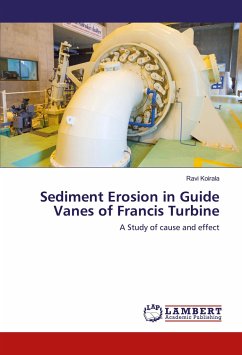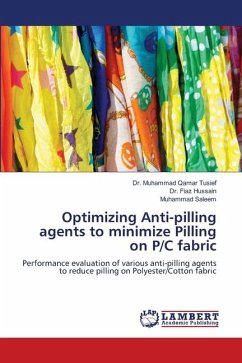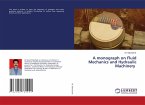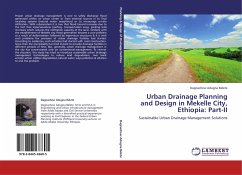The theoretical potential of worldwide hydropower is 2800 GW, which is about four times greater than the amount that has been tapped so far. Much of this potential is found in areas that are exposed to monsoon periods such as the Himalaya and Andes. It is therefore expected that many power plants will be built in these areas in the future. However, rivers in these regions contain high amounts of sediments, which cause rapid erosion of turbine components. Most of the bigger turbines manufactures have developed their turbine designs for the projects with lesser problems of sediments. Consequently proper solution to this age long problem in these parts of world has not been found so far. Growing energy demands in Asia and Latin America has brought up necessity of better designs of hydro turbines, which in particular are capable to handle heavy sediments effectively. Future of sustainable hydropower business in these regions would be largely influenced by the effective solution for the existing problem of turbine erosion. This works is a contribution for development of hydraulic turbines with new Design Philosophy as a foundation for turbine manufacturing in Nepal.








